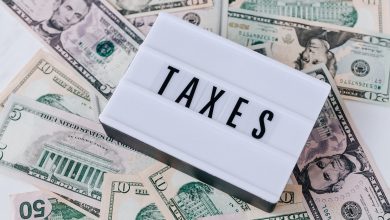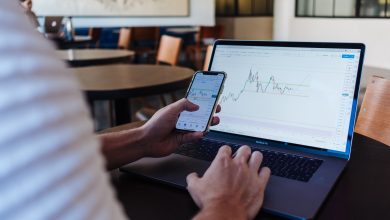Vying for Position: Reserve Currencies

Reserve currencies – the creme de la creme, the best of the best, the apple of the monetary eye. What many monies wish to be and what to so few are afforded the crown. Aspirations aside, it’s no laughing matter to countries vying for position as the next great issuer of a global reserve currency. So why all the fuss?
What is a reserve currency?
Reserve currencies are a special class of money. While they may also be referred to as anchor, safe-haven, or hard currencies, reserve currencies are what central banks around the world hold the majority of their extra cash, or reserves, in. Basically the government version of a savings account, these reserves are made up of the currency that is perceived to be the most stable and reliable, or in other words, the safest. Money from countries with the largest, most established economies and the greatest amount of economic depth – such as ability to extend credit, capability to pay back debt, and general wherewithal to back the contract of payment their cash represents – are afforded reserve currency status. Meanwhile, in addition to being the primary ingredient in the government version of a rainy-day fund, reserve currencies are also used to facilitate smoother international trade (since payments are settled in the same currency versus having to convert it) and make more seamless global investments. Countries with reserve currencies receive certain financial benefits in return. Since transactions are settled in their home currency, reserve currency issuers are firstly relieved of exchange risk, or the possibility that the money they just used to transact might lose value after the fact. Additionally, because demand for their currency (and thus their bonds) is high, reserve currency countries enjoy low interest rates. This is good not only for the government itself, but also for citizens who can enjoy affordable rates on home or business loans, further supporting and strengthening the domestic economy.
A brief reserve currency background
In the past, different currencies have held the coveted reserve status. For almost two hundred years, Britain’s pound sterling was the premier reserve currency around the world. After World War I, however, the US dollar usurped the pound as the globe’s preferred legal tender, and rose to prominence after the subsequent Bretton-Woods Agreement in which delegates from forty-four nations agreed to name it the world’s official reserve currency in 1944. In that time, the US dollar was backed by gold. However, as entrenchments around the world such as the Vietnam War and projects at home like the Great Society programs became increasingly expensive, the US government started to print currency on top of treasury bonds, or essentially dollars backed by dollars that were backed by gold. With the influx of additional paper, faith in the dollar’s value began to wane and countries who held dollars in reserve began to redeem their funds. This is what prompted Richard Nixon, in 1971, to take the US dollar off of the gold standard and allow for the floating rates we have today. Floating currency rates derive their value from one another and are in a constant state of flux rather than being pegged to anything fixed. Rather than on 1.5 grams of gold, the dollar thus became backed instead by the “full faith and credit” of the US government.
And now?
The problem with reserve currencies is that they are only as good as the countries that back them. If and when, for any reason, other nations start to lose faith in a country that backs a reserve currency, so too will the faith in that currency wane as a stable reserve asset. From 2008 to 2012, the value of the Euro declined as it experienced a sovereign debt crisis in which many of its banking systems from Iceland to Greece failed. In 2002, the dollar began to lose value due to the ballooning US debt, and has begun to do so again since around 2009. Financial instability, however, is not the only reason some countries today are unsatisfied with the current reserve system. An additional side benefit of being a world reserve currency issuer is that holding the keys to the global financial system simultaneously comes with a lot of political clout. You could, for example, impose sanctions on a country that were acting in a way you disapproved of, disallowing them from transacting in your currency. This would then essentially lock them out of the global financial system – whether anyone else agreed with that move or not. Unilateral moves like this have traditionally not gone over well. When the United States withdrew from the Iran deal and reimposed sanctions against the country in 2019, France, Germany, and Britain created the “INSTEX,” or Instrument for Supporting Trade Exchanges, in order to facilitate non-USD transactions and circumvent independent US action against Tehran. At the same time, central banks around the globe including the European Central Bank have been decreasing their dollar holdings and replacing them with other currencies. China’s yuan, which gained reserve currency status from the International Monetary Fund in 2016, increased in central bank reserves by 1.8% in the third quarter of 2018. As sentiment shifts, the large economies of the world are angling for more economic influence and many are calling for a rebalancing of monetary power.
Reserve status for a currency is an important distinction. Likewise, being the issuer of a reserve currency offers distinct benefits and is an advantageous position for any nation. As several countries have made moves to strengthen their currency’s status, and others have suggested an alternative benchmark that relies upon a basket of currencies rather than any single one, the winds of reserve currency change may be blowing once again.



